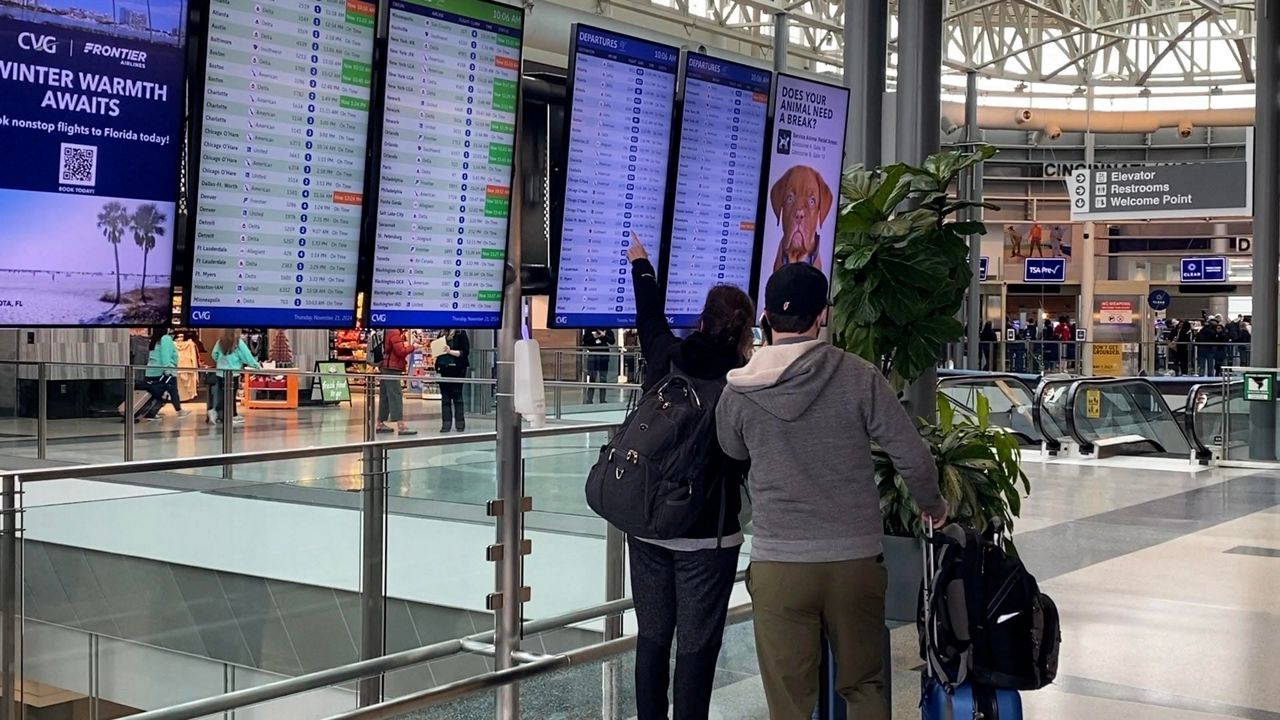Shopping
My Favorite Frugal Habits Save Me Up To $1,500 per Year: Top Tips for Comparison Shopping

PixelsEffect / iStock/Getty Images
Commitment to Our Readers
GOBankingRates’ editorial team is committed to bringing you unbiased reviews and information. We use data-driven methodologies to evaluate financial products and services – our reviews and ratings are not influenced by advertisers. You can read more about our editorial guidelines and our products and services review methodology.

20 Years
Helping You Live Richer


Trusted by
Millions of Readers
Wondering how to save money without sacrificing quality? Well, by simply comparing prices offered by multiple vendors prior to making a purchase, you may be able to do just that. The practice is called, fittingly enough, comparison shopping. And while it may require a bit more planning, it may also leave you with a few more dollars in your bank account at the end of the year.
GOBankingRates spoke with personal finance author and digital marketing manager at Net Pay Advance Renee McBride (who estimated she saves $1,500 annually) and smart shopping expert Trae Bodge (who estimated she saves upward of $1,000 annually) to uncover their top tips for comparison shopping.
Utilize Price Comparison Apps
What could be easier when comparison shopping than using apps designed to do just that? When purchasing physical items, McBride recommended starting with Honey, Rakuten and PriceGrabber “for comparing prices across multiple online retailers [to] help ensure you’re getting the best deal without the hassle of checking each store individually.”
For planning a vacation, Bodge recommended travel aggregators (like Expedia or Kayak) as a way to similarly compare rates. (Though she pointed out that Google, credit card companies and airline/hotel websites may still offer better rates. So be sure to compare your comparisons, so to speak.)
Compare Total Costs, Not Just Sticker Prices
McBride explained the necessity of never losing track of the big picture. “When buying online, considering shipping fees, taxes and return policies ensures I’m getting the best overall deal,” she said. For example, paying slightly more for an item upfront if that results in free shipping can actually mean paying less overall.
She also advised paying careful attention to the price per ounce for both online and in-store purchases. “Although one brand may be more expensive than another, it can offer greater value if it provides a larger quantity,” McBride said.
Take Advantage of Price Match Policies
Retailers never want to lose business if they know you can purchase the same item from their competitors for less, but they often don’t count on you doing your homework. So McBride suggested take advantage of price matching — often offered by major stores like Target and Best Buy. “I’ve saved a lot by asking for a price match on items I’ve found cheaper elsewhere,” she said.
Avoid Luxury Stores and Name Brands
This one might seem obvious to the frugal among us, but do try to avoid designer items — unless, however, their function will outweigh their cost.
“As a policy, I don’t buy luxury items unless it’s a piece that I know I will use for years, like a handbag in a classic silhouette,” Bodge said. As an alternative, she tries to find similar styles in more affordable stores like Target. And when it comes to everyday items like groceries, she applies a similar strategy, preferring store brands like Kroger cereal, for instance, over name brands like Post.
Join Loyalty Programs
“Loyalty programs often provide exclusive discounts, early access to sales and rewards programs. Combining these programs with sale prices has significantly increased my savings,” McBride said. And who doesn’t appreciate a good two-fer?
Compare New and Used
Bodge is a proponent of shopping second-hand in order to save money — especially when it comes to technology. For example, Bodge said, “you can find carefully inspected and warrantied tech at sites like MPB.com, which specializes in used camera and videography equipment that is priced 30% less than new, on average.”
She also advocated checking the “pre-owned selection on Amazon, or at Best Buy, Target or Walmart” if you’re in the market for a phone or laptop.
Avoid Unnecessary Driving
It would be counterproductive to drop lots of money on gas searching for the cheapest deals in stores. So one mustn’t ignore drive time. McBride always ensures savings outweigh travel costs before getting in her car, and she even uses GasBuddy to find the cheapest gas prices in her area.
Bodge largely agreed, adding the caveat that “shopping at different stores for different things — as long as they are fairly equidistant — can be worth it.” And if a new item must be tested out or tried on in person? Bodge recommended doing so at one store, checking price comparison apps for the best deal and then ordering that item online.
More From GOBankingRates








